- info@chinaadventure.org
- 86-18008011324
- Search
Siguniang Mountain, often referred to as the "Queen of Sichuan's mountains," is a stunning natural wonder located in the Aba Tibetan and Qiang Autonomous Prefecture of Sichuan Province, China. Known for its breathtaking landscapes, diverse wildlife, and challenging trekking routes, Siguniang Mountain is a must-visit destination for nature lovers and adventure seekers alike. In this comprehensive travel guide, we will cover the best season to visit Siguniang Mountain, top attractions, how to get there, essential travel tips, and more.
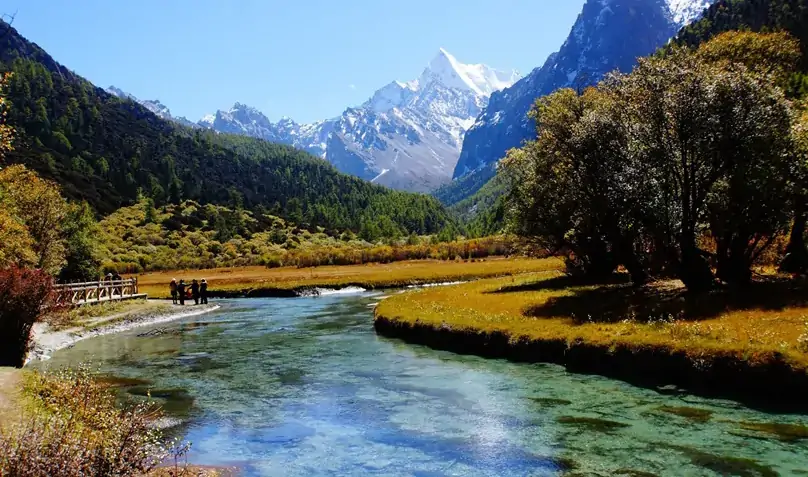
The best time to visit Siguniang Mountain is during the spring (April to June) and autumn (September to November) seasons. During these periods, the weather is mild and stable, offering clear skies and pleasant temperatures, which are ideal for trekking and outdoor activities. Spring brings blooming flowers and lush greenery, while autumn offers stunning fall foliage, creating a picturesque backdrop for your adventure.
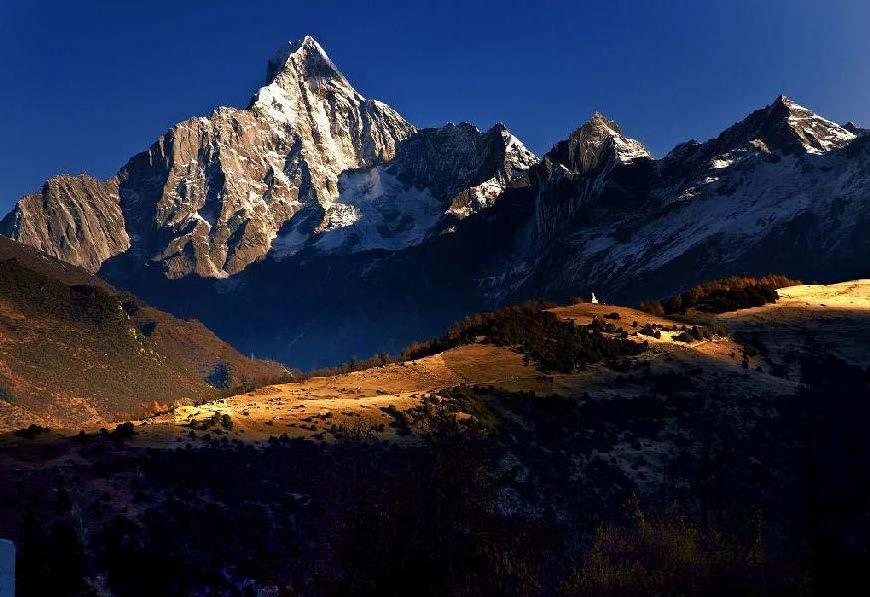
1. Shuangqiao Valley: This valley is the most accessible and tourist-friendly part of Siguniang Mountain. It features a mix of alpine meadows, forests, and crystal-clear lakes. The valley is perfect for leisurely walks and photography.
2. Changping Valley: Known for its dense forests and pristine rivers, Changping Valley is a favorite among trekkers. The hike through this valley offers spectacular views of the mountain peaks and a serene natural environment.
3. Haizi Valley: This valley is famous for its alpine lakes, which are known as "Haizi" in Chinese. The most notable lakes include the Flower Lake and the Blue Lake. The trek to these lakes is challenging but rewarding, offering stunning scenery along the way.
4. Mount Siguniang Peaks: The four peaks of Mount Siguniang, namely DaFeng (First Peak), ErFeng (Second Peak), SanFeng (Third Peak), and YaomeiFeng (Fourth Peak), attract climbers from around the world. YaomeiFeng, also known as the "Princess Peak," is the highest and most challenging to climb.
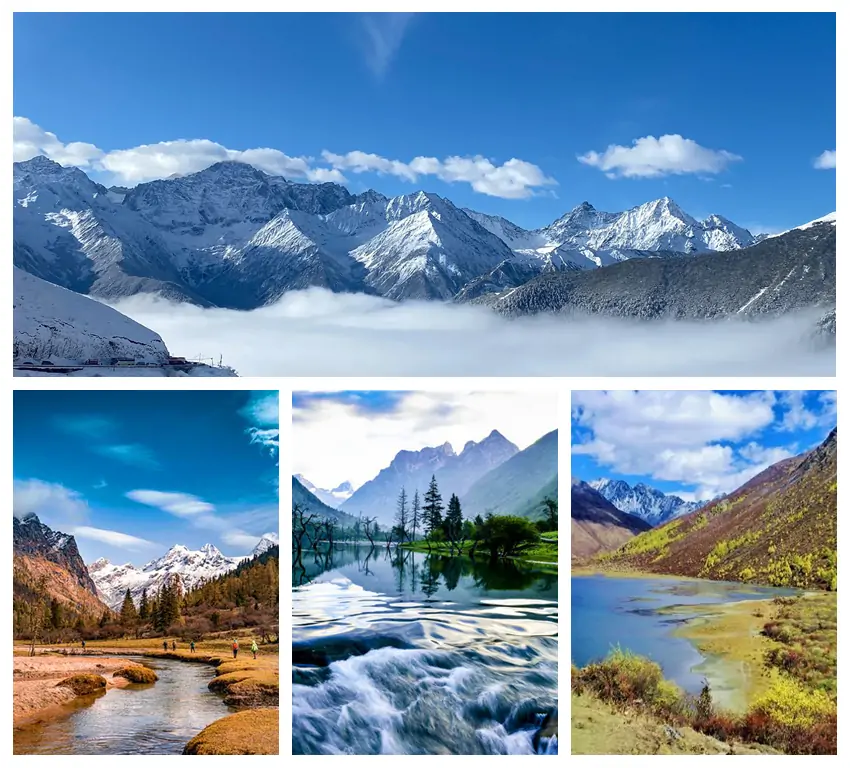
Siguniang Mountain is located about 220 kilometers from Chengdu, the capital city of Sichuan Province. Here are the common ways to reach Siguniang Mountain:
1. By Car: The most convenient way to reach Siguniang Mountain is by car. The drive from Chengdu takes around 4-5 hours. You can rent a car or hire a private driver for a more comfortable journey.
2. By Bus: There are regular buses from Chengdu's Chadianzi Bus Station to Xiaojin County, which is the nearest town to Siguniang Mountain. The bus journey takes approximately 6-7 hours. From Xiaojin, you can take a local taxi to Siguniangshan Town.
3. G318 Route: For a scenic and adventurous journey, you can take the G318 route, known as the most beautiful Sichuan-Tibet route. This route offers breathtaking views of the Tibetan Plateau and is popular among road trip enthusiasts.
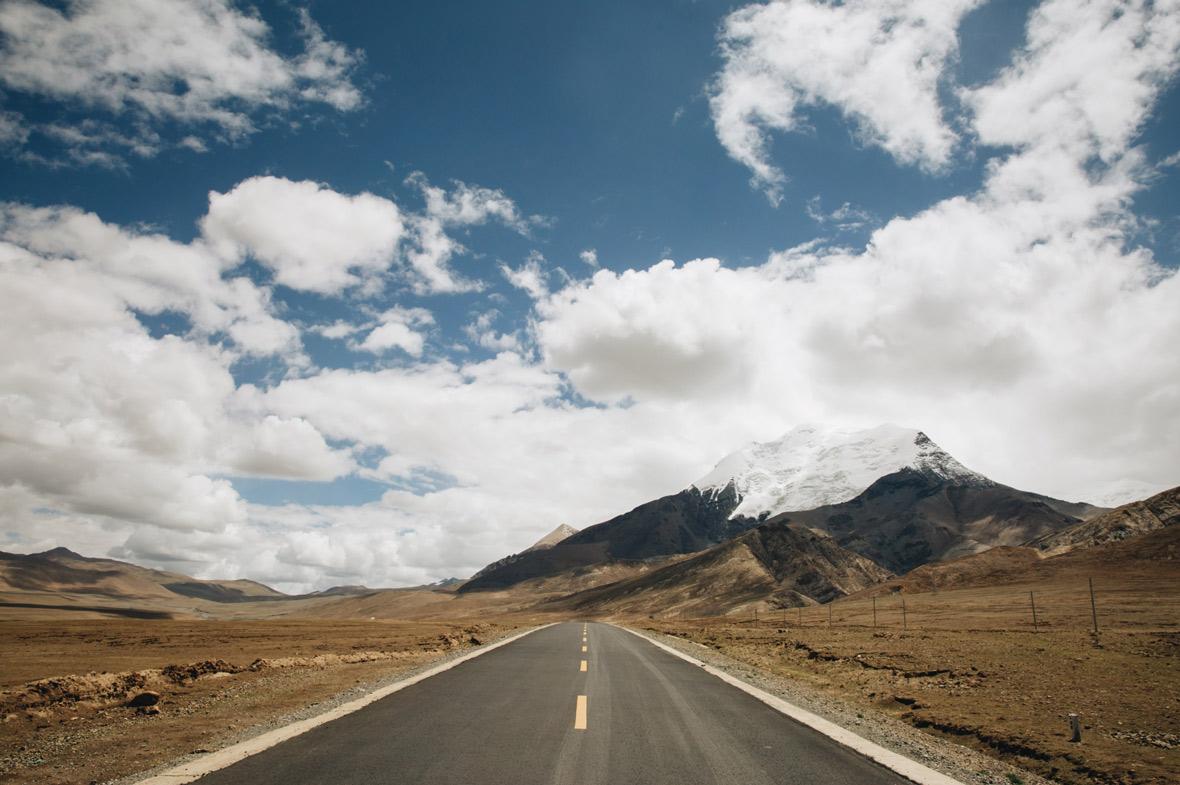
The G318 route is an iconic road that stretches from Shanghai to Tibet, passing through Sichuan Province. This route is renowned for its stunning landscapes, including snow-capped mountains, deep valleys, and vibrant Tibetan villages. Traveling on the G318 offers an unforgettable journey, showcasing the natural beauty and cultural richness of the region. It's an excellent option for those who want to combine their visit to Siguniang Mountain with an epic road trip adventure.

For thrill-seekers, Sichuan offers exciting skydiving and paragliding opportunities. Although these activities are not available directly at Siguniang Mountain, nearby areas such as Chengdu and Kangding provide excellent spots for aerial adventures. Skydiving and paragliding give you a bird's-eye view of the stunning Sichuan landscapes, adding an adrenaline-pumping element to your trip.
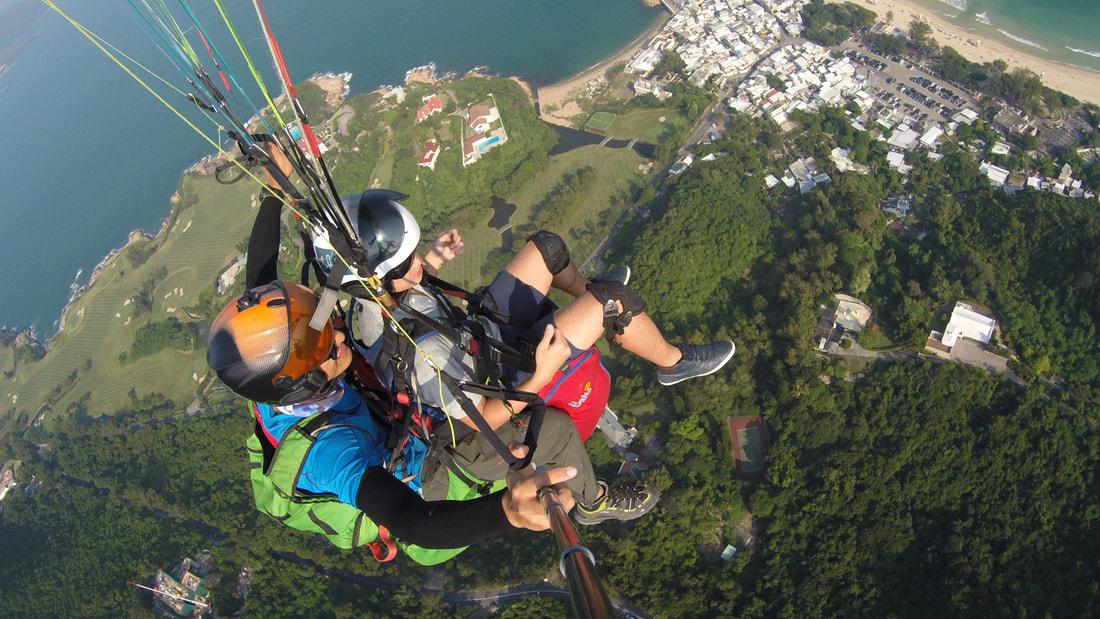
Sichuan Province has a diverse climate, varying significantly between regions. Here's a quick weather guide for some major tourist sites:
Chengdu: Mild and humid, with a lot of rainfall in the summer. Best visited in spring and autumn.
Jiuzhaigou Valley: Cool and pleasant, with colorful autumn foliage. Best visited in autumn.
Emei Mountain: Cool and misty, with frequent rain. Best visited in spring and autumn.
Leshan Giant Buddha: Mild and humid. Best visited in spring and autumn.
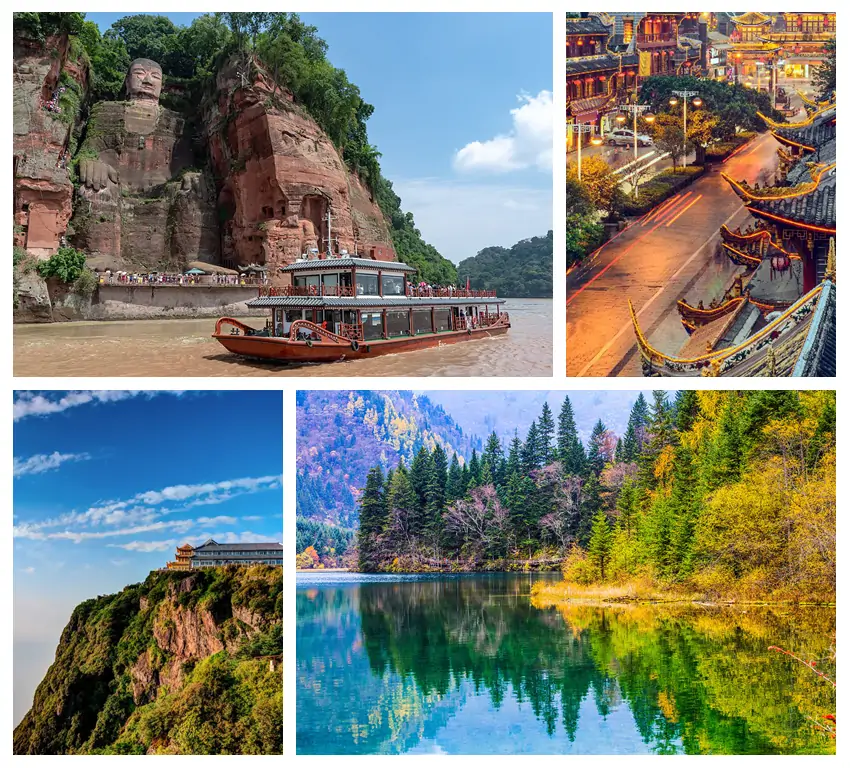
Trekking in Sichuan can be a rewarding experience, but it's essential to be well-prepared. Here are some guidelines:
Research and Plan: Understand the trekking routes and their difficulty levels. Make sure to plan your itinerary and carry a map.
Physical Fitness: Ensure you're physically fit for the trek. Regular exercise and some training hikes can help prepare your body.
Hydration and Nutrition: Carry enough water and high-energy snacks. Hydrate regularly and eat nutritious meals.
Emergency Supplies: Pack a first-aid kit, a flashlight, and a whistle. Know basic first-aid procedures.
Leave No Trace: Respect nature and avoid leaving any litter. Follow the principle of "leave no trace" to preserve the environment.
Sichuan Opera is a traditional Chinese performing art famous for its unique face-changing (Bian Lian) technique. While in Sichuan, take the opportunity to watch a Sichuan Opera performance. The vibrant costumes, dramatic music, and mesmerizing face-changing acts will provide a memorable cultural experience.
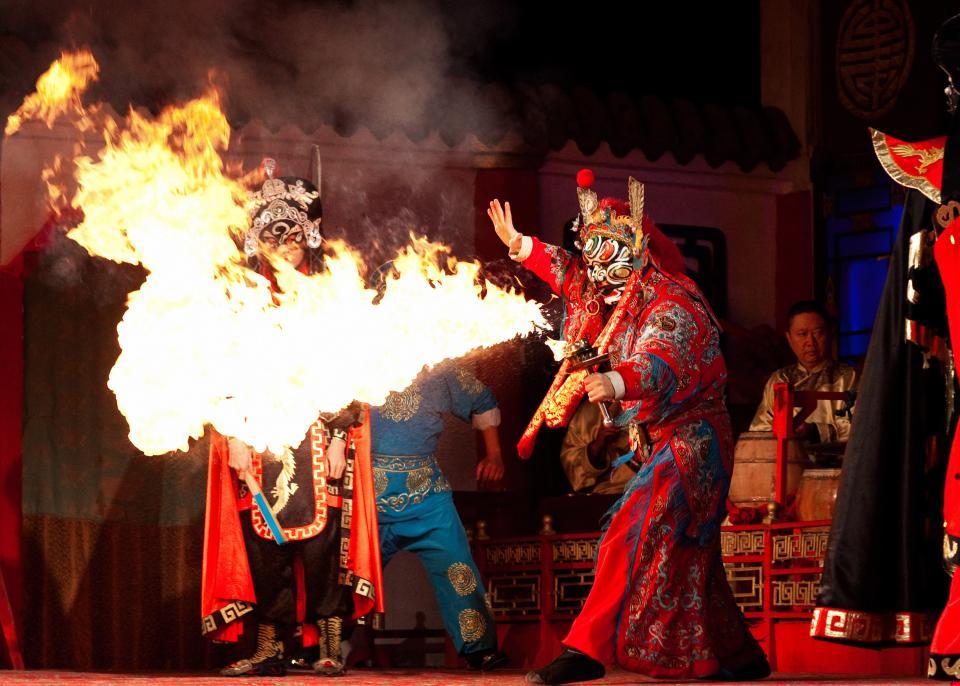
1. Altitude Sickness: Siguniang Mountain is located at high altitudes, with some peaks exceeding 6,000 meters. It's essential to acclimate properly and be aware of the symptoms of altitude sickness. Carry medication and consult a doctor before your trip if necessary.
2. Clothing and Gear: Pack appropriate clothing for varying weather conditions. Layers are essential, as temperatures can fluctuate significantly. Sturdy hiking boots, trekking poles, and a good-quality backpack are also recommended.
3. Local Culture: Respect the local Tibetan and Qiang cultures. Be mindful of their customs and traditions, and always ask for permission before taking photographs of local people.
4.Safety: Hire a local guide if you're planning to trek or climb the peaks. They are knowledgeable about the terrain and can ensure your safety.
we’ll reply you in 24 hours!
Copyright © 2012-2024 All Rights Reserved to chinaadventure.org